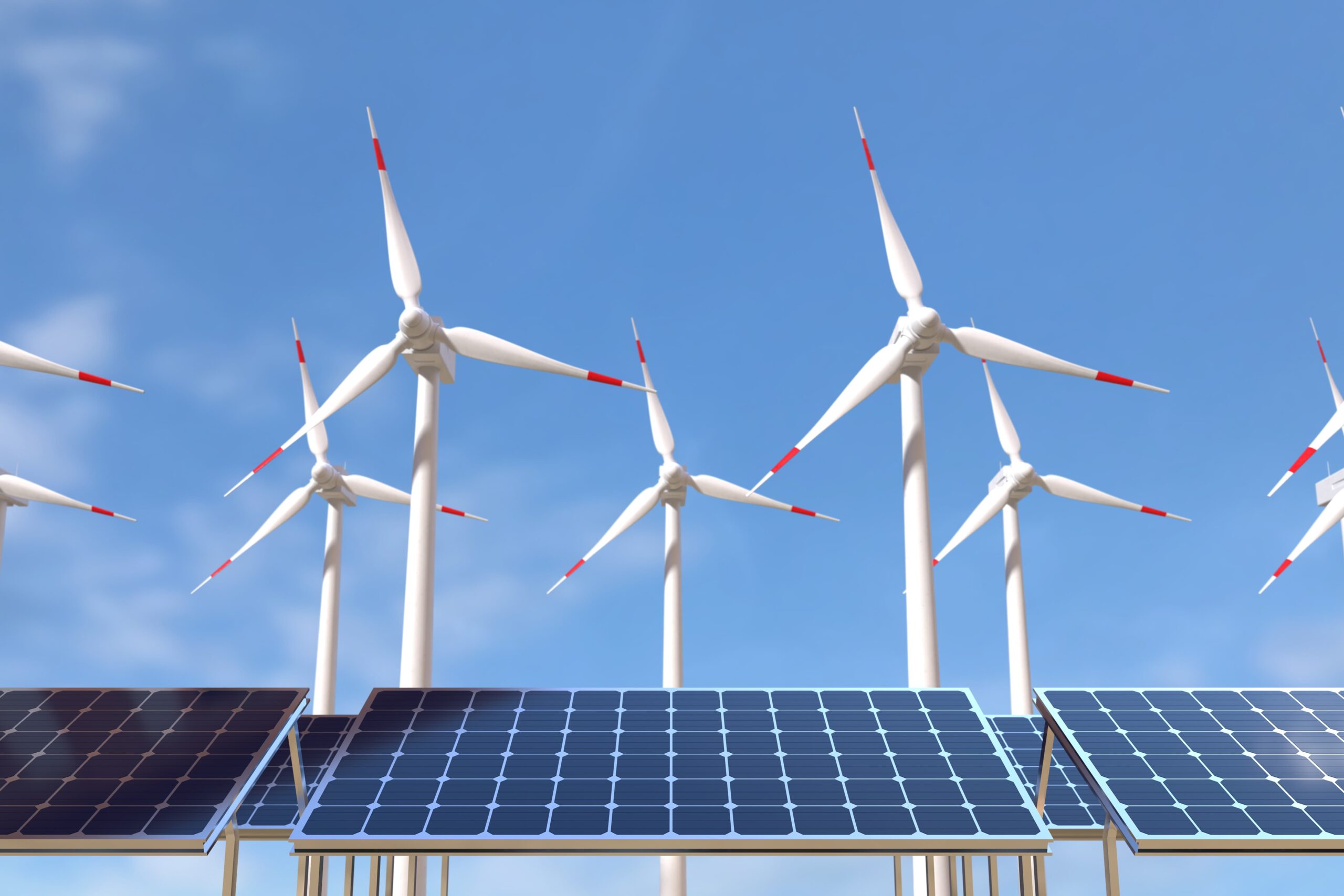Cabinet Clears ₹7,000 Cr Investment by NLCIL in Green Energy Arm: Here’s What It Means for Indian SMEs

In a major push for India’s renewable energy ambitions, the Cabinet Committee on Economic Affairs (CCEA), chaired by Prime Minister Narendra Modi, has granted a strategic exemption to Navratna PSU NLC India Limited (NLCIL). The move allows NLCIL to invest ₹7,000 crore in its subsidiary NLC India Renewables Ltd (NIRL) without needing prior government approvals, a relaxation from the norms applicable to Central Public Sector Enterprises (CPSEs).
But while the headline is about regulatory freedom and green energy capacity building, the real story lies in the massive on-ground opportunities this creates especially for India’s MSMEs.
Green Investment, Unshackled
The CCEA statement, released earlier this week, clarified that NLCIL’s investment is also exempt from the Department of Public Enterprises’ 30% net worth ceiling that restricts how much a CPSE can invest in subsidiaries or joint ventures. In practical terms, this means NLCIL now has unprecedented flexibility to scale up its renewable energy operations through NIRL.
Currently operating seven green assets with a combined capacity of 2 GW, NLCIL has announced plans to expand this to 10.11 GW by 2030 and further to 32 GW by 2047. The company intends to pursue this target by investing directly or via JVs in solar, wind and hybrid energy projects, all while aligning with India’s COP26 commitments to build 500 GW of non-fossil fuel energy capacity by 2030.
What’s In It for SMEs? A Lot, Actually
While the approval strengthens India’s macro energy goals, it’s also a quiet game-changer for small and mid-sized enterprises (SMEs) operating across India’s vast industrial value chain.
From solar module suppliers in Gujarat, to electrical panel manufacturers in Coimbatore, to civil contractors in rural Rajasthan, the green energy ecosystem has become one of the most fertile grounds for SME-led growth and innovation.
Here’s why:
A ₹7,000 Crore Pipeline Means More Procurement, More Partners
With NIRL gaining investment autonomy, large-scale project rollouts are expected across multiple states. These will require everything from fabrication and logistics to EPC services and maintenance contracts areas where Indian MSMEs already have proven strength. The procurement tail will be long, and SMEs will be key enablers.
New Business for Tier-2 and Tier-3 Ecosystems
Unlike many private renewable players that concentrate around metros, PSUs like NLCIL often operate in non-urban or underserved zones, increasing chances of rural and semi-urban MSMEs entering national supply chains. This could translate into increased orders for local fabrication shops, transporters, electrical contractors and workforce suppliers.
Skill and Technology Upgradation Triggers
PSU-driven renewable projects often come with quality and compliance benchmarks that can help SMEs upskill, digitize, and improve ESG alignment. Those who adapt quickly may also become eligible for financing under green MSME lending schemes being promoted by SIDBI and public sector banks.
More Than Power, A Structural Signal
This exemption isn’t just an administrative nod it’s a policy signal. By lifting investment ceilings and easing regulatory steps, the Centre is sending a clear message: India’s energy transition cannot wait for procedural bottlenecks. It needs empowered public players and an agile private ecosystem, with SMEs forming the backbone of execution.
The ripple effects will go beyond solar and wind. Ancillary sectors like steel, cement, batteries, cabling, industrial electronics, logistics and even drone-based inspection services stand to gain. If NIRL scales up aggressively, even India’s sunrise sectors like green hydrogen and energy storage could see early SME participation.
From Compliance to Climate Leadership
NLCIL’s initiative also reflects a broader public-sector pivot from compliance-centric utility models to climate-conscious, market-facing enterprises. For MSMEs, this could reshape how they engage with CPSEs not just as vendors, but as collaborators in innovation, sustainability, and digitalisation.
As India eyes net-zero by 2070 and cleaner industrial corridors, SMEs aligned with green growth not just in product, but in process and mindset will be better positioned to grow, attract funding and even export capabilities globally.
Final Word
The Cabinet’s green light to NLCIL isn’t just an internal governance tweak. It’s a bold enabler of India’s low-carbon future with massive execution potential that runs through the veins of the SME sector. The real question now is whether our small businesses, entrepreneurs, and service providers are ready to rise with this renewable tide.
Because this is no longer just about energy. It’s about economic renewal powered by the sun, the wind, and the silent force of Indian enterprise.











